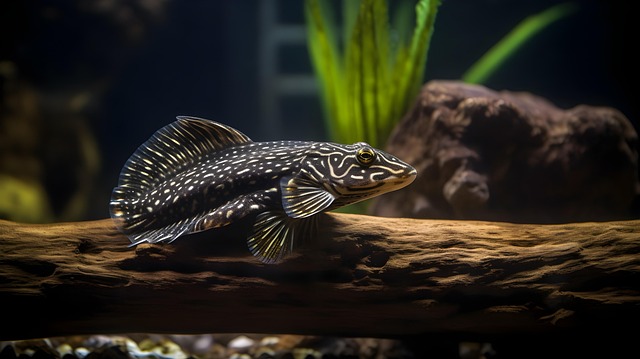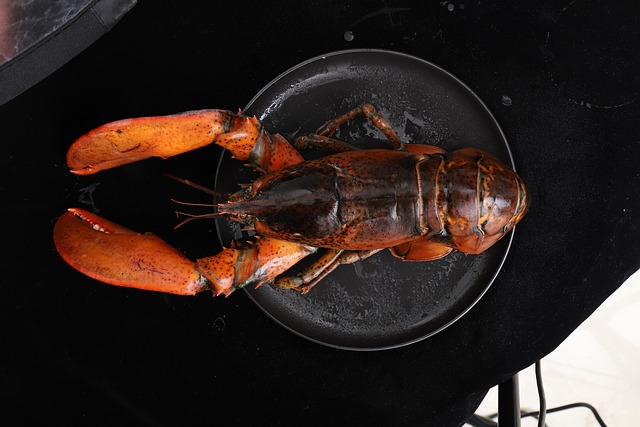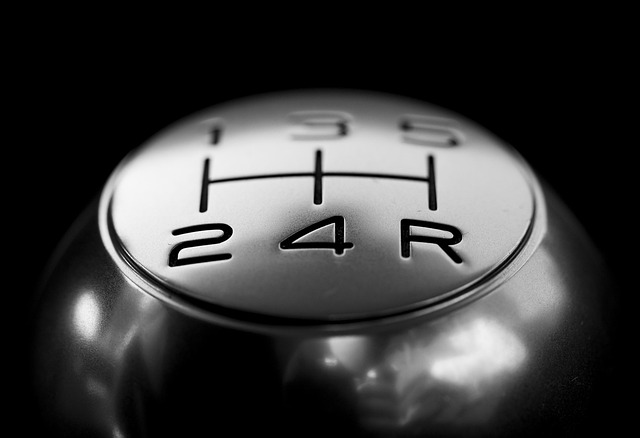
Fish Compatibility Chart Freshwater Aquarium
Understanding Fish Compatibility in Freshwater Aquariums
Creating a harmonious environment in a freshwater aquarium requires careful consideration of the species being housed together. Fish compatibility is a critical aspect of aquarium management, as certain species may exhibit aggressive behavior or have differing environmental needs that can lead to stress or even mortality. This article aims to provide a comprehensive overview of fish compatibility in freshwater aquariums, including factors to consider and resources available for aquarium enthusiasts.
Factors Influencing Fish Compatibility
When selecting fish for a freshwater aquarium, several factors must be taken into account:
- Species Behavior: Different fish species exhibit varying behaviors. Some are territorial, while others are more social. Understanding these behaviors is essential for preventing conflicts.
- Size of Fish: The size of the fish can impact compatibility. Larger fish may prey on smaller species, leading to a significant imbalance in the aquarium ecosystem.
- Water Conditions: Each species has specific requirements regarding water temperature, pH, and hardness. Ensuring that all species can thrive in the same conditions is crucial.
- Schooling Needs: Some fish prefer to be in schools, while others are solitary. It is important to consider the social structure of the species being introduced into the aquarium.
Common Freshwater Fish Compatibility
Below is a general compatibility chart for some commonly kept freshwater fish species. This chart provides a basic guideline for which species can coexist peacefully in an aquarium setting.
| Fish Species | Compatible Species | Incompatible Species |
|---|---|---|
| Neon Tetra | Guppies, Corydoras, Rasboras | Betta, Cichlids |
| Guppy | Neon Tetra, Platies, Swordtails | Betta, Goldfish |
| Betta | None (preferably solitary) | Most other species |
| Corydoras | Neon Tetra, Guppies, Platies | Large Cichlids |
| Goldfish | None (preferably solitary) | Small tropical fish |
Resources for Determining Compatibility
Several online tools and resources can assist aquarium enthusiasts in determining fish compatibility. One such resource is Aqadvisor, which allows users to input their tank size and desired species to assess compatibility based on behavior, water conditions, and other factors. Additionally, compatibility charts are widely available and can serve as a quick reference for common species pairings.
Conclusion
Understanding fish compatibility is essential for maintaining a healthy and thriving freshwater aquarium. By considering factors such as species behavior, size, water conditions, and social needs, aquarists can create a balanced environment that promotes the well-being of all inhabitants. Utilizing available resources, such as compatibility charts and online tools, can further enhance the aquarium experience and ensure successful fishkeeping.

















 Teen Comedy Series Starring Linda Cardellini
Teen Comedy Series Starring Linda Cardellini 
 Health
Health  Fitness
Fitness  Lifestyle
Lifestyle  Tech
Tech  Travel
Travel  Food
Food  Education
Education  Parenting
Parenting  Career & Work
Career & Work  Hobbies
Hobbies  Wellness
Wellness  Beauty
Beauty  Cars
Cars  Art
Art  Science
Science  Culture
Culture  Books
Books  Music
Music  Movies
Movies  Gaming
Gaming  Sports
Sports  Nature
Nature  Home & Garden
Home & Garden  Business & Finance
Business & Finance  Relationships
Relationships  Pets
Pets  Shopping
Shopping  Mindset & Inspiration
Mindset & Inspiration  Environment
Environment  Gadgets
Gadgets  Politics
Politics 